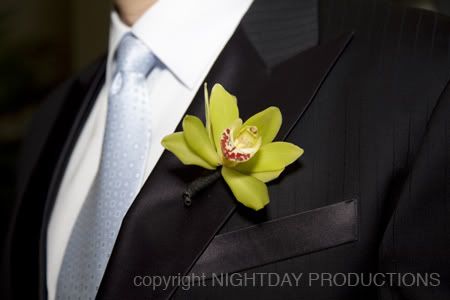
“Can you make our wedding video look filmic?”
“Can you shoot documentary style?”
As a wedding Toronto wedding videographer, I hear these questions a lot. And truthfully there is no short answer. It is challenging trying to sum up our or anyone’s work in one word or phrase.
The terms, “filmic” and “documentary” get thrown around a lot, and can mean different things to different people. Often times, a videographer won’t strictly belong to one category or the other. If you’re not sure where a certain videographer fits in, just ask to see a sample of a complete wedding they have shot and edited… then decide if you like it. Then, who cares what it’s called? If you like it, you like it.
Usually, a “filmic” or “cinematic” look implies that a video has been shot widescreen or 16:9 (with the growing popularity of widescreen TVs, most videographers shoot widescreen these days anyway), with saturated colours, and some dramatic slow motion effects. It can also mean very stable moving shots created with the help of cranes or jib arms, steadicam apparatus, etc.
The advantages to going with a cinematic videographer, is that you literally get a chance to star in your own professionally shot movie. You will be beautifully lit, and captured from the right angles, and only the best, most glamorous shots will make the final cut. You may never look better!
The drawback, of course, is the cost. It takes a lot of people to put a production like this together, not to mention a lot of high end equipment. And finally, there is editing time: for a truly filmic experience, several hours in an editing suite is required to synch up footage from multiple cameras, mix sound and music, create transition effects and titles, etc.
Another drawback, depending on your point of view, is it is not an ideal setup for the camera-shy. You will be surrounded by a crew, lights, and equipment. You will likely be aware of the cameras. You may occasionally have to wait for the cameras to get in place or re-enact for the cameras if necessary.
A “documentary” approach implies that your video is shot with less bulky equipment, and you might only get one or two cameramen with this approach.
The drawback of a documentary approach is it’s going to have a grittier look than the filmic approach. How gritty? Again, this is going to vary from shooter to shooter, so ask to see a sample DVD to come to your own conclusion.
The major advantage of a documentary approach is that because the equipment is lighter, the shooters have more flexibility, so they can move and capture spontaneous moments as they happen naturally. The approach is less obtrusive, and when done correctly, you shouldn’t feel the cameras around you a whole lot. The cost for a documentary approach should be less: the equipment isn’t as high end or cumbersome and you can get away with less people on set. How smooth the final DVD looks depends on the amount of time allocated to editing, and this can vary from production house to production house.
Hopefully, this article has shed some light on the pros and cons of a filmic approach and a documentary approach. It should make finding a balance between these two styles easier, so that you end up with a wedding videographer that is right for you.
This article was written by Nishi Dias of Night Day Productions: a Toronto-based video production company. If you'd like to publish this article, please credit, link-back and contact Nishi at:
Night Day Productions
www.NightDayWeddings.com
416-821-8669
NightDayPro@aol.com





3 comments:
Post a Comment